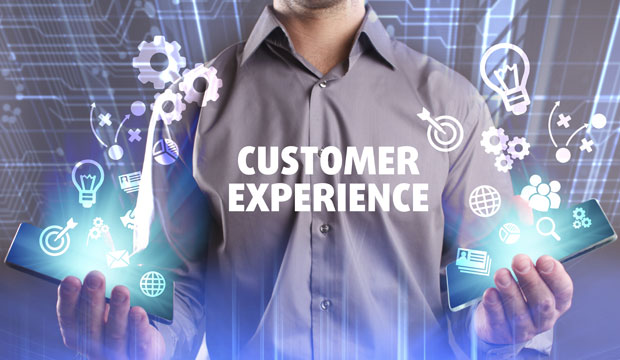Oracle held its Modern Customer Experience conference in Las Vegas this week, and it was eye-opening. This is the fourth MCX conference and an important milestone for a company that came to the cloud later than its competition.
No doubt about it, Oracle has done much in a short time to develop and deploy its customer experience vision, so it is now possible and fair to critique the company’s progress.
Oracle Gets It
First off, becoming a cloud company is way more complex than putting your products in the cloud and taking orders. As we all know, it involves converting most aspects of your business model from selling and servicing on-premises products to selling subscriptions. It also means running two models side by side for a while.
This means collecting a few dollars per user per month rather than millions up front. It therefore means remaining consistently engaged with customers and involved in their success lest they opt not to renew at some point. This leads directly to customer-centricity and even a focus on the customer’s customers.
As an up-close Oracle observer, I have to say the company gets it. Almost since the very beginning, it’s been like watching as a switch got flipped. Oracle became a different company with intense customer focus, and the conference was a good place to see that in action.
The main customer stories I have heard are refreshingly boring, and they consist of about four main parts: We needed to do something in our business; Oracle made a pitch; we implemented; and the stuff runs as advertised, letting us do things we couldn’t do before — and we do it at less cost.
On the finance side, Oracle is still going through a period when widows and orphans and their representatives are skeptical. So far the new business model is operating within acceptable guardrails, however. There’s quarterly growth, stock buy backs and no stampede for the exits by legacy users. Thank co-CEO Mark Hurd for that.
In his address to analysts, Hurd pointed out that some of his advisers had suggested end-of-life processes for a major product, but knowing what chaos that could cause in the loyal customer base, he said “that’s a terrible idea,” and the suggestion died. Common sense like that is rare, and so it is appreciated when witnessed.
Data, Data, Data
Now let’s look at what the company sees in its 2.0 incarnation. At MCX, Oracle introduced CX Unity, a data aggregation facility that organizes and manages a business’ data, including in-house data, supplemental data from third parties, and real time data from customers.
The intent seems to be to provide a single source of truth for all data users. When fully articulated, it should do much to reduce or eliminate in-house data wars, where one group or department develops strategy based on its data, while another does the same with different data. You know what that does.
You can’t help but like CX Unity and what it’s supposed to do, but it also suggests where the company is in its evolution. Throughout the conference there was significant emphasis on data, which you might think is fine. That’s hard to argue with, but I will. A little. Because for all the talk about data, there was significantly less emphasis on information.
Most people conflate the two, but information is actually what people in data-driven enterprises use in decision-making. It’s also what Oracle sells, most of the time. Information is what comes out of artificial intelligence and machine learning in the form of suggestions for next best actions or recommendations.
I saw this clearly in a very nicely evolved sales tool (not sure I should call it “sales force automation” any more). The sales tool uses a lot of inferences from AI and ML to step anyone — a rookie or a sales pro — through a sales process to get to closure. It’s brilliant.
It’s also a system of engagement, and the reason I can’t call it SFA is that SFA was and is a system of record. The difference is all the AI/ML recommendations, which are information resources that are based on data.
You see this throughout the product suite: turning old systems of record that managed data into systems of engagement that thrive on information that is poised on underlying data.
My Two Bits
Perhaps it’s a quibble, but the frontier between data and information delineates where Oracle is in its mission to convert itself into a cloud company and to take its huge customer base along for the adventure. Oracle gets that it is moving toward an information future — that’s certain.
However, it is still a data company. It still supports systems of record, but with greater aspirations and products in the engagement camp. It’s in a natural transition state. After all, its founding product is the relational database, which, thanks to the autonomous version, is lighting up the marketplace in a show that’s extremely rare for a category so thoroughly commoditized by time.
So Oracle’s future with systems of engagement is clear. My recommendation then is that the company begin bringing the contrast between data and information more directly into its outbound communications.
This would mean offering CX Unity not simply as a better way of managing data, but as a system that manages data so that people can get and use valuable information to run their businesses.
It will, in my not so humble opinion, make discussions with the C-suite more succinct and fruitful. Making decisions based on information rather than gut and data is at the heart of the Digital Disruption, and that’s something the C-suite gets intuitively.

























































Social Media
See all Social Media